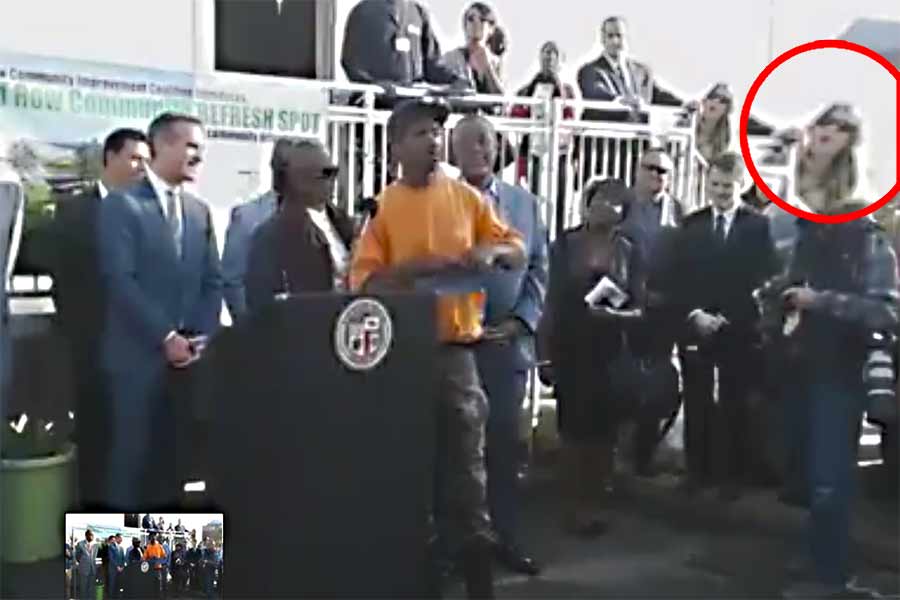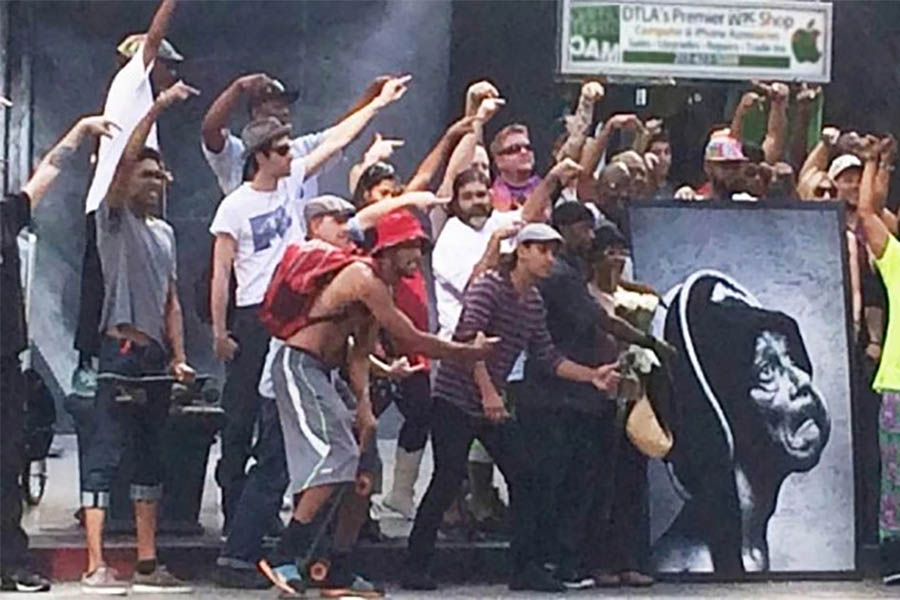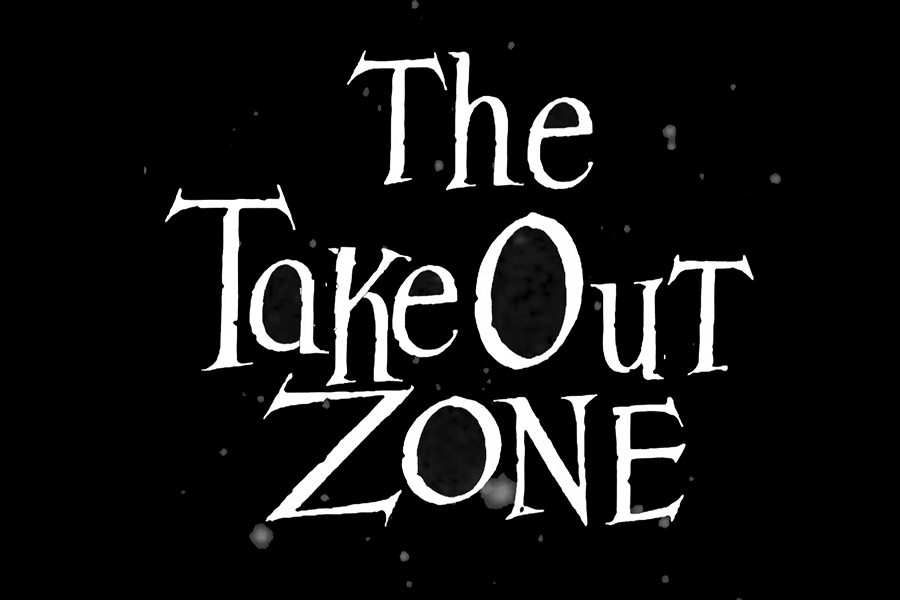By Aaron Downes
It’s the Saturday before St. Patrick’s Day at Casey’s Irish Pub on Grand & Wilshire, where attorney and GRAWN columnist Thomas O’Leary enjoys a pint of Smithwicks after catching up with work in his office at LeClair Ryan Law Firm. For those unfamiliar with his monthly column, O’Leary specializes in cases of intellectual property infringement. “I have a very interesting job,” he says with a grin.
His column, Law Art with Tom O’Leary, is a people’s guide to the intricacies and common misperceptions regarding copyright issues for those who live and work around gallery row.
His most common cases involve unintentional copyright infringement. There are many rumors floating around about the repurposing of found imagery, that if you change 5 things about an image it will magically become copyright-free. “That’s completely wrong and I’m not sure where that started,” says Tom.
Many businesses get slapped with suits over the common assumption that any image found on a Google search or Getty Images is free to use for commercial purposes. Some even do this willfully, assuming the worst outcome is they would have to remove the image if caught. However such offenders of willful infringement can be sued for $150,000 or more if the site made money while the image was up.
Many will tell you that copyrights only last 50 years and then go into public domain. While this was once true, the Disney Corporation can be thanked for extending all intellectual property currently under copyright to 100 years. Congress amended copyright law in 1998 when Steamboat Willie had crossed into the gray waters of public domain, and we’re likely to see another extension when it reaches the centennial.
Tom’s job is “interesting” because his cases are not black and white like a theft, dispute or murder trial. His job in the courtroom is to give the judge and jury a crash course in artistic criticism. If his client is accused of unintentional infringement, Tom may defend that his client’s work was satirical in nature, transformed to an unrecognizable degree or that the plaintiff’s work is a ‘thin copyright’ of something like a building or flower.
Jury members who serve on these civil cases have told Tom it was the most interesting jury they ever served on. Copyright is a niche practice in law, so there are only a handful of attorneys in the entire United States that work in it, and he knows them all by name. Because of this O’Leary gets called to cities like San Diego, San Francisco and even different states for certain cases.
He currently rents a loft in downtown close to his work and his favorite taverns: Casey’s and the Down & Out, where his own personal shot glass is kept on the shelf. However his official residence is still the house where he grew up in Covina, a historic town in the San Gabriel Valley where he was also mayor for 8 years.
O’Leary is descended from Irish Catholic immigrants and St. Patrick’s Day is his favorite holiday. While in law school he was offered the chance to study abroad at Trinity College in Dublin Ireland. During this semester long course in international human rights, Tom learned from notable instructors including Stanley Mosk (37-year California Supreme Court justice and namesake of the LA courthouse) and Mary Robinson, who later became the first female president of Ireland.
Tom carried with him a letter that had been passed down by his grandmother, which described the town his great-great-great grandparents had last resided. At the time the letter was written, most people in Ireland were illiterate, so the letter had been dictated to the parish priest of the village. The letter said his forebears had been buried in the shadow of a church in the small county of Roscommon. He drove up to Roscommon one weekend and stopped in the local pub. He told his story to the bartender who directed him to the only cemetery in the town.
Young O’Leary found a dilapidated cemetery by an old church with a caved in roof. A helpful groundskeeper told him “I know exactly where they are.” Sure enough their headstones were in the area where a shadow would have darkened when the church was in one piece. However the headstones, which were dated 1850, were brand new and he would later discover he had a long-lost cousin in Cincinnati who was maintaining the old plot.
The groundskeeper then informs O’Leary of an old man in town whose last name was the same as his great-great-great grandparents. Excited, he finds the house, knocks on the door and faces a surly 75-year-old man. After reading the 5-page letter, the pensioner says he is not related, but recognizes the house described in the letter, which talked of a winding stream and great walnut trees surrounding the house. The old man then offered to drive Tom, who politely refused at first.
“Young man,” said the pensioner. “The chances of you coming back here while I’m still alive are pretty thin. Let’s get in my car.”
They drive off the paved road into an overgrown field, stop, get out and walk to a stone foundation in a clearing – the remnants of the house his forebears once lived. There was no stream, but the pensioner pointed out that the river was damned not long after the letter was written and there was in fact a dry riverbed. And as the young law student took in his surroundings he suddenly beheld the great walnut trees described in the letter, a quietly awe-inspiring moment in his life.
Today Tom O’Leary holds very dear to his Irish heritage and hopes to continue writing fresh intellectual property news to the creatively minded. His topics are derived from the questions people ask him on the street and in the pub, and his secretary proofreads each article for clarity and legalese. “The reason I do it,” O’Leary says, “is to keep people informed.”











